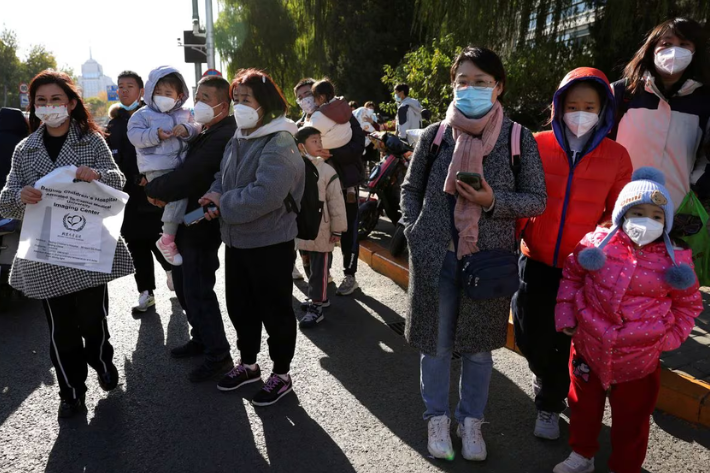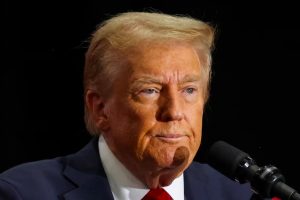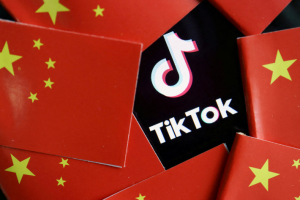The Chinese government and the World Health Organization are attempting to calm worries around the spread of respiratory illness in the world’s second-largest economy, as the outbreak brings back memories of the Covid-19 pandemic.
China’s health ministry clarified on Sunday that the current spike in respiratory infections was cased by ‘flu and other known pathogens’ and not a novel virus.
The surge in acute respiratory illnesses was linked to the simultaneous circulation of several kinds of pathogens, most prominently influenza, Mi Feng, spokesperson of China’s National Health Commission said.
Also on AF: Big Shareholders ‘Stopped From Selling Beijing Exchange Stocks’
Meanwhile, a top World Health Organisation official also said the current spike in respiratory illnesses in China was not as high as before the Covid-19 pandemic.
The increase appeared to be driven by a rise in the number of children contracting pathogens that two years of pandemic restrictions had kept them away from, Maria Van Kerkhove, acting director of the WHO’s department of epidemic and pandemic preparedness and prevention, said.
China is grappling with a surge in respiratory illnesses as it warms up to its first full winter since stringent pandemic-related restrictions were eased this year.
The spike became a global issue last week when the WHO asked China for more information, citing a report on clusters of undiagnosed pneumonia in children by the Program for Monitoring Emerging Diseases.
The spike in infections poses fresh risks for the Chinese economy which is still struggling to emerge from the economic hit from two-years of of Covid-related lockdowns and restrictions.
Beijing’s harsh restrictions decimated business activity at home, upended global supply chains and triggered nationwide protests against the authoritarian Chinese government.
The uncertainty caused by Beijing’s abrupt measures also sparked a global push to ‘de-risk’ from Chinese supply chains which play a dominant role in trade routes for everything from electric vehicles to battery metals.
Concern over China’s transparency on Covid
On Sunday, China’s health ministry also urged local authorities to increase the number of fever clinics
“Efforts should be made to increase the number of relevant clinics and treatment areas, appropriately extend service hours and strengthen guarantees of drug supplies,” NHC’s Mi told a news conference.
China and the WHO have faced questions about the transparency of reporting early in the pandemic, which emerged in the central Chinese city of Wuhan in late 2019. The WHO said on Friday no new or unusual pathogens had been found in the recent illnesses.
But Maria Van Kerkhove, acting director of the WHO’s department of epidemic and pandemic preparedness and prevention, echoes China’s claims that a novel virus was not behind the outbreak.
“We asked about comparisons prior to the pandemic. And the waves that they’re seeing now, the peak is not as high as what they saw in 2018-2019,” Van Kerkhove told health news outlet STAT in an interview on Friday.
“This is not an indication of a novel pathogen… this is expected. This is what most countries dealt with a year or two ago,” she added.

Peak in ‘coming weeks’
Data shared by China with WHO suggested the spike was linked to the lifting of Covid restrictions along with the circulation of known pathogens like mycoplasma pneumoniae, a common bacterial infection that typically affects younger children and which has circulated since May.
Influenza, respiratory syncytial virus (RSV) and adenovirus have been in circulation since October.
“It is just a relatively large seasonal surge, perhaps partly due to chance and partly because there’s a bit of ‘immunity debt’ from the lesser winter surges in the last three years,” Ben Cowling, an epidemiologist at Hong Kong University, said.
Many other countries saw similar increases in respiratory diseases after easing pandemic measures.
New cases of respiratory illnesses could peak in the next couple of weeks, Li Tongzeng, the chief physician at the infectious diseases department at Beijing You’an Hospital, told state-run newspaper Global Times.
Li said infections were being spread by young adults in the workplace and children at school.
Li also warned of the potential for a second wave peaking during the New Year holidays, as the elderly could become more at risk of infection during family gatherings in the report published on Monday.
On Friday, China’s cabinet — the State Council — said that influenza would peak this winter and spring, while mycoplasma pneumoniae infection would remain high in some areas. It also warned of the risk of a rebound in Covid infections.
“All localities should strengthen information reporting on infectious diseases to ensure information is reported in a timely and accurate manner,” the State Council said in a statement.
Basic preventive measures
The WHO has, so far, not advised against travel and trade. The agency has also been monitoring the situation with authorities.
No unusual pathogens have been detected in the capital of Beijing and the northeastern province of Liaoning.
The WHO said it was in contact with clinicians and scientists through its existing technical partnerships and networks in China.
The agency said that while it was seeking additional information, it recommended that people in China follow measures to reduce the risk of respiratory illness.
Measures included vaccination, keeping distance from sick people, staying at home when ill, getting tested and medical care as needed, wearing masks as appropriate, ensuring good ventilation, and regular hand-washing, it said.
China’s health ministry also prescribed only basic preventive measures.
“It is necessary to do a good job in epidemic prevention and control in key crowded places such as schools, childcare institutions and nursing homes, and to reduce the flow of people and visits,” NHC’s Mi said.
- Reuters, with additional inputs from Vishakha Saxena
NOTE: This report was updated with further details on November 27, 2023.
Also read:
Doubts About China’s Recovery Rise as Consumer Prices Dip
China Sees First-Ever Foreign Investment Deficit in July-Sept
Covid Pushes China Business Confidence to Lowest in a Decade
Beijing Trading Floors Hit Hard by Spread of Covid-19
Plunging Trade Risks China’s Status as the ‘World’s Factory’
250 Million Chinese Caught Covid in 20 Days, Say Officials – FT
China Reveals 60,000 Covid Deaths After WHO Data Doubts
























